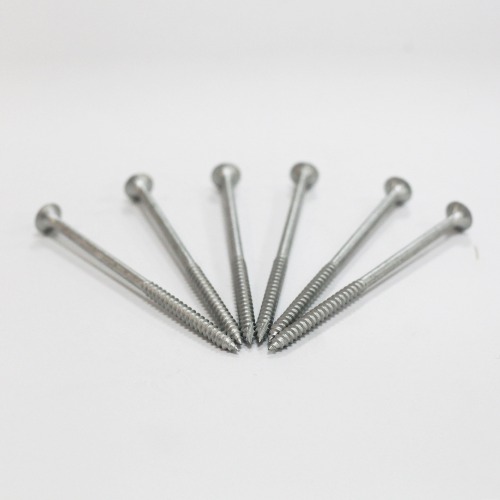Aug 13,2024

Zheshang Development Group (Stock Code: 000906)
Apr 14,2023

Aug 13,2024
Aug 13,2024
Jul 10,2024
Jun 10,2024
Mar 07,2024
Investing in a high-end spring coiling machine, such as a five-axis CNC model, can significantly enhance production efficiency and profitability, transforming both operational processes and financial outcomes. These advanced machines, equipped with multiple axes of control—wire feed, cam, upper cutt...
Spring machines have been pivotal in driving industrial advancements and shaping modern engineering, playing a crucial role in the evolution of manufacturing processes and technological innovation. The development of these machines reflects broader trends in industrial automation and precision engin...
Maintaining and troubleshooting a spring coiling machine is crucial for ensuring its optimal performance and longevity. Spring coiling machines are essential in various industries, including automotive, aerospace, and electronics, where precision and reliability are paramount. These machines automat...